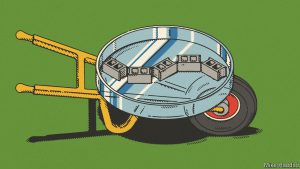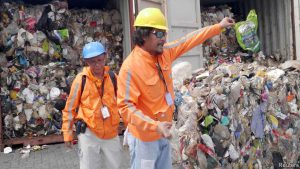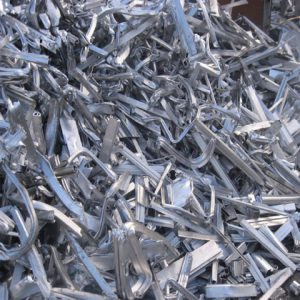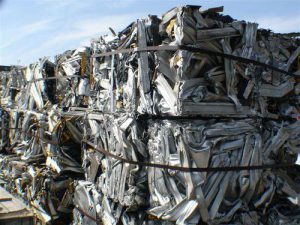Construction waste recycling provides a number of financial benefits and reputational growth opportunities for Australian construction companies. The key is getting the most recycled materials out of a construction or demolition project, which requires detailed knowledge about what can and cannot be reused in the future.
For instance, companies that plan carefully to recycle all possible construction waste materials find they can save their budgets thousands by avoiding landfill levies. They can also gain more business and goodwill from developers, investors and government departments that want to be affiliated with responsible, earth-conscious partners in line with their own values and reputation.
Here’s how to get the most recycled materials out of a construction or demolition project.
RECYCLING OPPORTUNITIES ON TOP OF THE PILE
According to the National Waste Report 2020 masonry materials are one of the biggest waste categories in Australia, generating millions of tonnes every year. These materials include asphalt, bricks, concrete, rubble and cement sheeting. Construction projects often require great quantities of these materials and they often make up the majority of waste after a demolition. However, these materials make up some of the highest recovered waste for recycling thanks to their vast potential for reuse. Concrete and old bricks, for example, can be broken down into aggregate or crusher dust, providing a valuable resource in infrastructure projects such as road construction.

DIGGING DEEPER FOR GREATER RECYCLING OPPORTUNITIES
Making use of piles of old masonry materials is not the only way to recycle on a construction site. There are several other materials that can find new life and reduce the amount of waste that ends up in landfill.
Sand and soil. Typically by-products of excavating and clearing, on-site sand or soil can be broken down, processed and reused in construction. Sand and soil, for example, can be mixed with other materials to become underlay and other strong foundational material for future construction projects.
Plasterboard. Salvaging plasterboard is a great opportunity to recycle a significant portion of a construction project’s interior. Plasterboard is completely recyclable however requires the facilities of a licenced processor, as the material must be clean of contaminants like metal, wood and insulation before reuse.
Lights. Lights can often be disregarded as insignificant but in fact contain valuable materials that can be reused like ceramic, glass, aluminium and phosphor. These can be used in products such as fertiliser, aluminium cans and insulation batts.
Roofing materials. Roofs provide a rich source of recyclable materials, including corrugated iron, steel, concrete, ceramic and composite tiles, slate and shingle. Terracotta tiles, for example, can be broken down into aggregates, and can be later used to build paths or driveways.
Wood. Wood is a versatile material in any construction project used for posts, frames, stairs, joists, decking, beams and flooring. Hardwood and infrastructure timbers used for structural or foundational means are valuable commodity for their sturdiness and longevity. They are sought after for landscaping, furniture or construction depending on their quality. Even scrap wood discarded during a construction project can be processed and used again for small projects, spare building materials or even firewood.
MATERIALS THAT SHOULD NOT BE REUSED
Even with the best intentions, there are some materials that can be processed but should not be reused. This is primarily due to toxic or hazardous properties that can affect the safety and quality of a construction project or damage human health. Sometimes these materials are too environmentally inefficient and would require more resources than is sustainably or financially viable to treat and process.
Asbestos, for example, was used for decades because of its abundance and durability, but now presents a serious health hazard during demolition and renovation. It can cause a range of diseases and health issues including Asbestosis or Mesothelioma when asbestos fibres get into the lungs and bloodstream, causing problems for the major organs. Removing asbestos requires qualified professionals and can cause health issues if it contaminates other building materials. Lead paint is another building material used in the past but is no longer recommended due its toxic impact on the environment and human health. Even small amounts of dust or chips of lead paint can cause health risks if inhaled or ingested.





